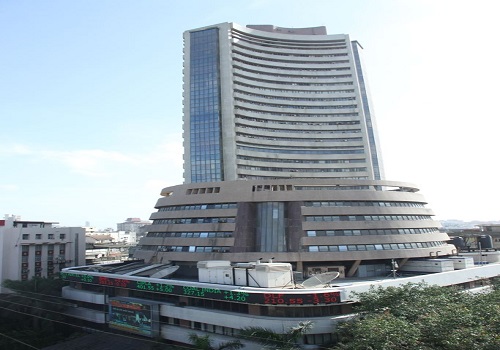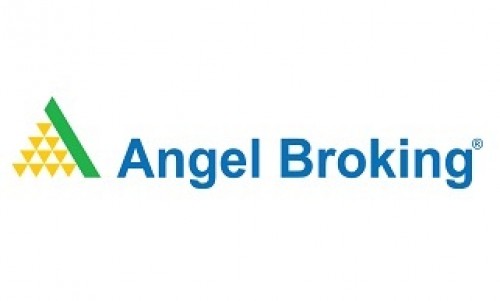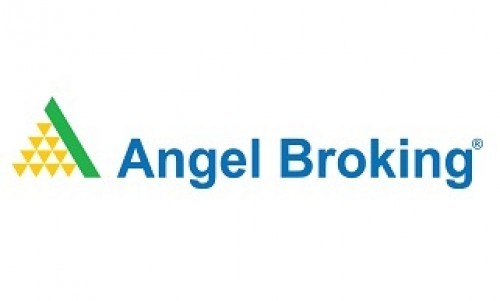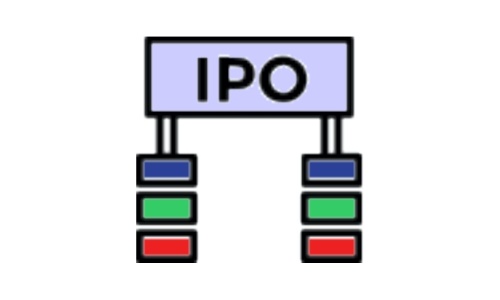How Does IPO Work?

Follow us Now on Telegram ! Get daily 10 - 12 important updates on Business, Finance and Investment. Join our Telegram Channel
Follow us Now on Telegram ! Get daily 10 - 12 important updates on Business, Finance and Investment. Join our Telegram Channel https://t.me/InvestmentGuruIndia
Download Telegram App before Joining the Channel
Stocks or shares of a company are offered to general public for the first time, in the form of an IPO. The Company will raise capital for the first time and it will be listed in the stock exchange. To complete the process of converting a private company into a successful public company, it will need a team of external expert advisors like auditors, lawyers, underwriters and accountants to deal with the unique challenges which come their way.
Let us understand how IPO works here:
Going through Securities Exchange Commission (SEC)
The Roadshow begins
How is the IPO pricing done?
Time it well
Going through Securities Exchange Commission (SEC)
SEC is a company set up to ensure that a Company and the public investors get a fair and level ground to play. It is authorized to conduct civil and criminal trails against those who breach established procedures and to prosecute them if found guilty.
The company should very carefully draft a registration statement which gives clarity on the liabilities, the finances and the information of the various components in the company. The registration statement should have clarity and thoroughness. The IPO process starts with the filing of form S-1 with the SEC.
The SEC reviews the filing. They scrutinize every detail mentioned with their team of industry specific team of experts. The disclosures on financial details, the legal aspects, the policies, the roadmap of generated capital utilization, each and every factor are dissected to get a complete picture. If anything doesn’t comply, a comment letter is sent.
The Company reflects on the comments received, reworks on the draft and files it again with SEC. The SEC follows the same procedure to review the registration. It approves only if they adhere to all the procedures and regulations.
The company then files the preliminary Red Herring Prospectus which is again checked if it has the potential to inform the investors sufficiently.
The Roadshow begins
The Company’s management team travels to various cities across the country to set the excitement mood among the potential investors, towards the impending public offer. At this stage of the IPO, the company may also give an opportunity to the bigger organizations to buy stocks of the company at a price set before the stock goes public.
How is the IPO pricing done?
This stage in the process of IPO comes usually at the end of Roadshow. The underwriting company fixes the band, and the bidding process is either carried out through an investment bank, or group companies who specialize in securities. The perfect share price just keeps the demand slightly higher than the supply. This will result in a moderately stable and a steady increase aftermarket price. There are two methods of fixing the IPO price.
Fixed price method – The underwriter and company work together to fix a price for their shares. They account in the liabilities, the target capital to be achieved, and the demands of stocks and every other related detail to come up with a price.
Book building method – Here the underwriter and the company fixes a price band within which the investors can bid. The final price is dependent on the demand of the shares, the biddings received and the target capital to be achieved. Except for infrastructure companies and banks, most companies are free to set their share price band. The Company is allowed to set the cap price at 20% higher than the floor price.
Time it well
When should the IPO reach the public – is a tricky decision. Because picking the right time to offer shares is very imperative to maximize the earnings of sale. Some companies have their own economic timeline to go public. If the giant companies are scheduled to come into the market, smaller companies avoid their entry going public at the same time, fearing the stealth of limelight by the giant companies. A company must ensure all the registration documents are in place before it goes public with an IPO; if not it may miss the well-timed entry.
Once the stocks hit the mark, if everything works out as per the mathematical calculations on papers, there is no stopping the bull. The lock-in period will deter the company’s executives to trade their shares for a small time period. Once the period ends, there will be a minor slump due to the surge of supply of shares in the market which causes the share price drop. In the long run, that should not matter to a Company which has set off well.
Click here to open demat account With Angelbroking
























